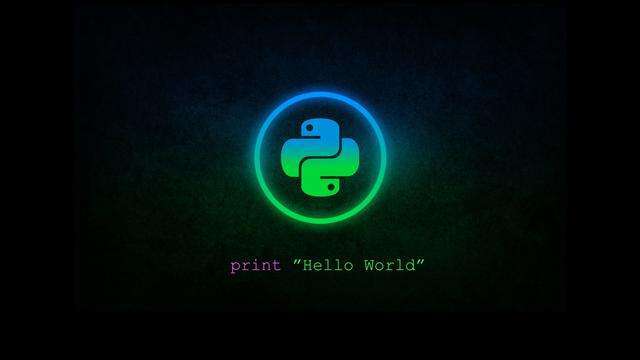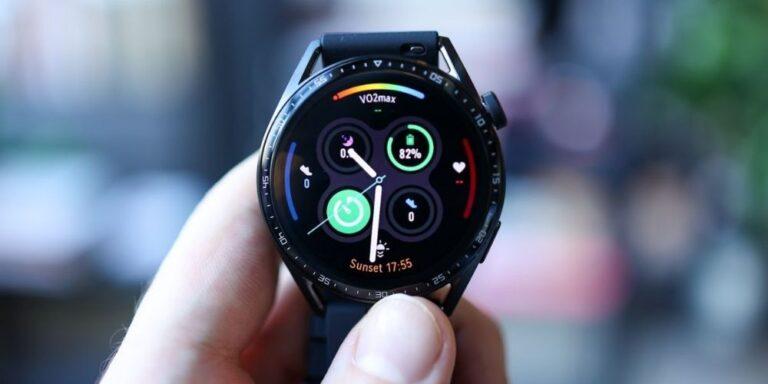python datetime
Python Dates
A date in Python is not a data type of its own, but we can import a module
named datetime to work with dates as date
objects.

Example
Import the datetime module and display the current date:
import datetimex = datetime.datetime.now()print(x)
Try it Yourself »
Example
Import the datetime module and display the current date:
Date Output
When we execute the code from the example above the result will be:
The date contains year, month, day, hour, minute, second, and microsecond.
The datetime module has many methods to return information about the date
object.
Here are a few examples, you will learn more about them later in this
chapter:
Example
Return the year and name of weekday:
import datetimex = datetime.datetime.now()print(x.year)
print(x.strftime("%A"))
Try it Yourself »
Example
Return the year and name of weekday:
Creating Date Objects
To create a date, we can use the datetime() class (constructor) of the
datetime module.
The datetime() class requires three parameters to create a date: year,
month, day.
Example
Create a date object:
import datetimex = datetime.datetime(2020, 5, 17)
print(x)
Try it Yourself »
Example
Create a date object:
The datetime() class also takes parameters for time and timezone (hour,
minute, second, microsecond, tzone), but they are optional, and has a default
value of 0, (None for timezone).
The strftime() Method
The datetime object has a method for formatting date objects into readable strings.
The method is called strftime(), and takes one parameter,
format, to specify the format of the returned string:
Example
Display the name of the month:
import datetimex = datetime.datetime(2018, 6, 1)print(x.strftime("%B"))
Try it Yourself »
Example
Display the name of the month:
A reference of all the legal format codes:
Directive
Description
Example
Try it
%a
Weekday, short version
Wed
Try it »
%A
Weekday, full version
Wednesday
Try it »
%w
Weekday as a number 0-6, 0 is Sunday
3
Try it »
%d
Day of month 01-31
31
Try it »
%b
Month name, short version
Dec
Try it »
%B
Month name, full version
December
Try it »
%m
Month as a number 01-12
12
Try it »
%y
Year, short version, without century
18
Try it »
%Y
Year, full version
2018
Try it »
%H
Hour 00-23
17
Try it »
%I
Hour 00-12
05
Try it »
%p
AM/PM
PM
Try it »
%M
Minute 00-59
41
Try it »
%S
Second 00-59
08
Try it »
%f
Microsecond 000000-999999
548513
Try it »
%z
UTC offset
+0100
%Z
Timezone
CST
%j
Day number of year 001-366
365
Try it »
%U
Week number of year, Sunday as the first day of week, 00-53
52
Try it »
%W
Week number of year, Monday as the first day of week, 00-53
52
Try it »
%c
Local version of date and time
Mon Dec 31 17:41:00 2018
Try it »
%x
Local version of date
12/31/18
Try it »
%X
Local version of time
17:41:00
Try it »
%%
A % character
%
Try it »
%G
ISO 8601 year
2018
Try it »
%u
ISO 8601 weekday (1-7)
1
Try it »
%V
ISO 8601 weeknumber (01-53)
01
Try it »









